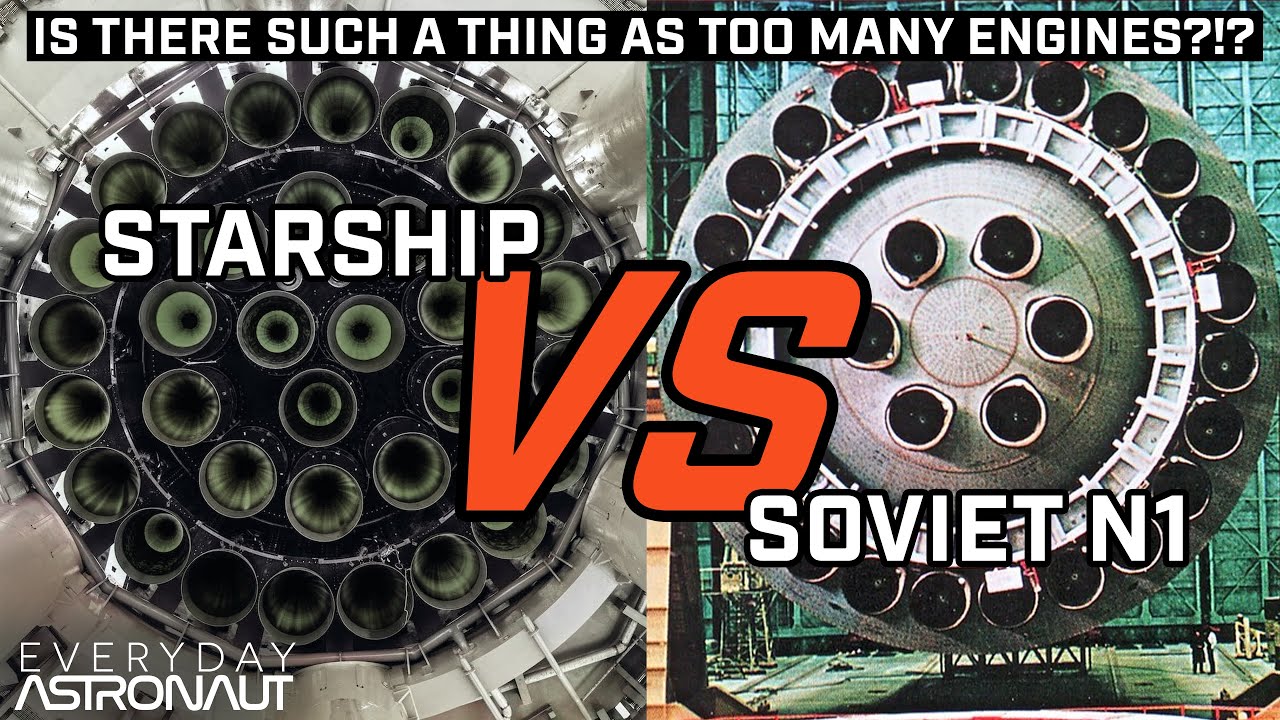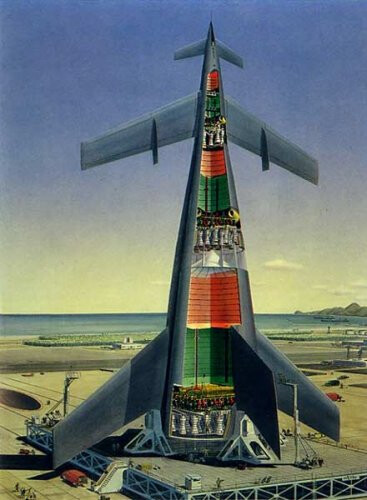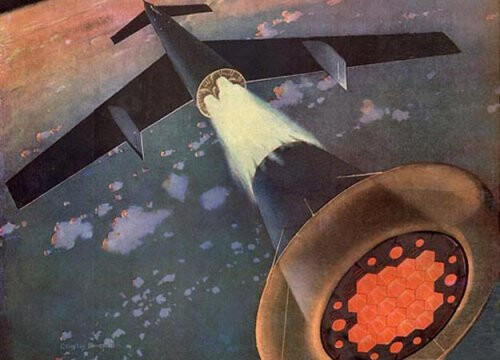It is difficult not to be struck by the similarities between the SpaceX Super Heavy/Starship and the Soviet N1 Moon rocket of the 1960s. Both were, when built, the largest rockets ever constructed. Both used a large number of relatively small engines (Starship, 33; N1, 30) in their first stages, and these engines were of an advanced design which had never flown into space. The scale of the first stage required it to be manufactured in a facility adjacent to the launch site, and made it impractical to perform full-duration static fire tests, meaning the first test would commit the rocket to flight. Both rockets were tested in an “all-up configuration”, where the complete rocket, including upper stage(s) would be flown from the very first test, and both were designed to accomplish missions never before attempted (N1, manned lunar landing; Starship, human missions to Mars and beyond, full and rapid reusability). Even Elon Musk has remarked on the similarities between the two giant rockets and expressed his admiration for the ambition and achievements of the N1 designers.
These similarities are cause for concern among those hoping Starship will ring in a new era of affordable access to space. The Soviet N1 was launched only four times between February 1969 and November 1972 and never once made it to completion of the first stage burn and separation of the second stage before destruction of the rocket and loss of the upper stages without ever being fired. On the second test launch on 1969-07-03, just 13 days before the launch of Apollo 11 to the Moon, the N1 failed seconds after liftoff and fell back onto the launch pad, resulting in one of the largest accidental non-nuclear explosions in history, with a yield estimated at 650 tonnes of TNT that completely destroyed the launch complex. All of the N1 launch failures were attributed to problems with the first stage propulsion system and engines.
At this writing, the full Starship has flown only once, and failed before the completion of its first stage burn and stage separation, destroying the upper stage before it was fired, with the failure attributed to the first stage propulsion and guidance system and multiple engine failures.
Is Starship destined to recapitulate the sad history of the N1? Much has changed in the half-century since N1’s failure. How do these changes in technology, management, funding, market demand for heavy lift, and the economics of space flight affect the prospects for Starship achieving its ambitious goals?


